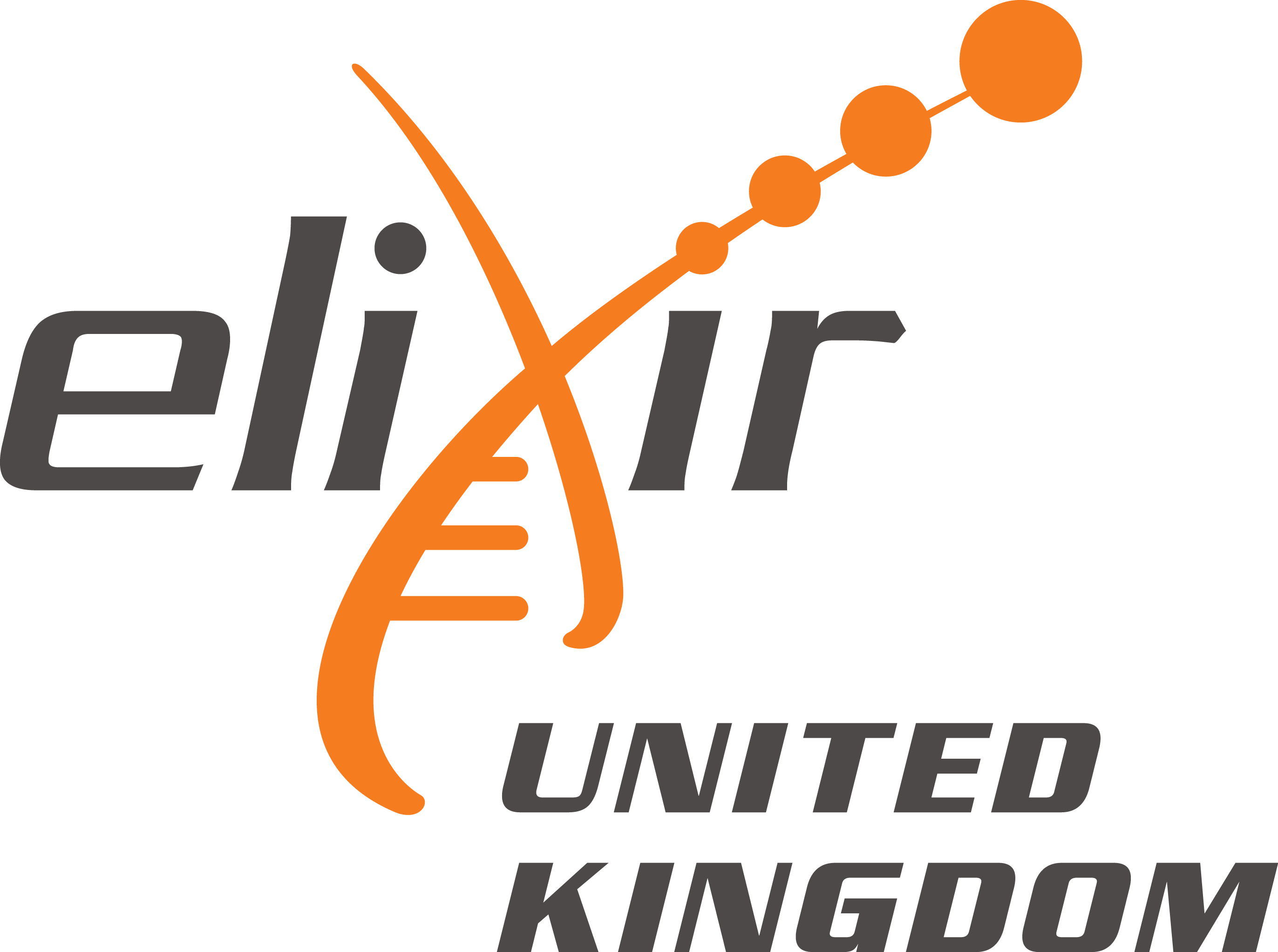Data Analysis Using IPython
Monday, September 28th 2015, 9:30-17:00
Room 3.3, Roscoe Building, University of Manchester, M13 9PY
Workshop information
This workshop is an introduction to performing data analysis using IPython, organised by ELIXIR-UK. During the hands-on sessions the participants will learn how to use the Notebook for their research purposes - combining executable code to analyse and visualise data with notes, images and other references.
Register for the workshop via EventBrite.
Date: Monday, September 28th 2015, 9:30-17:00
Location: Room 3.3, Roscoe Building, University of Manchester, M13 9PY. Get directions with Google Maps.
Instructors: Aleksandra Pawlik, Alan Williams
Helpers: TBC
Requirements: Participants should bring a laptop with a few specific software packages installed (listed below).
Also, please download the full training package "IPython in depth" developed by the IPython and Jupyter team (most of this training material was used at the tutorial run at PyCon 2014.
Please also download the materials for the data manipulation and visualisation module. These materials have been created and are maintained by the Software Carpentry Foundation.
Etherpad (to be used at workshop for sharing notes): https://etherpad.mozilla.org/wZss7olhdC
Contact: Please email alan.r.williams@manchester.ac.uk for more information.
Acknowledgement and support
This workshop is supported by ELIXIR UK.
Schedule
| 09:30 | Arrival and setup help |
| 10:00 | Introduction: using the Notebook interface |
| 11:00 | Coffee break |
| 11:15 | Data manipulation and visualisation using the Notebook |
| 12:30 | Lunch break |
| 13:15 | Sharing notebook files, NBviewer and converting between formats. |
| 14:30 | Coffee break |
| 14:45 | Practical exercises |
| 16:00 | Overview of other available features |
| 16:15 | Questions and discussion |
| 17:00 | Wrap-up |
Setup
To participate in the workshop, you will need access to the software described below. In addition, you will need an up-to-date web browser.
Python
IPython Notebook runs in a Web browser. For this to work you will need a reasonably up-to-date browser. The current versions of the Chrome, Safari and Firefox browsers are all supported (some older browsers, including Internet Explorer version 9 and below, are not).
For the purposes of this workshop we will mainly work with Python 2. Hence the installation instructions refer to Python 2. However, if you are already running Python 3 and do not wish to change your default Python, simply chose the installation for version 3.
Windows
- Download and install Anaconda.
- Download the default Python 2 installer (do not follow the link to version 3). Use all of the defaults for installation, except make sure to check 'Make Anaconda the default Python' option.
Mac OS X
- Download and install Anaconda.
- Download the default Python 2 installer (do not follow the link to version 3). Use all of the defaults for installation.
Linux
We recommend the all-in-one scientific Python installer Anaconda. (Installation requires using the shell and if you aren't comfortable doing the installation yourself just download the installer and we'll help you at the workshop.)
- Download the installer that matches your operating system and save it in your home folder. Download the default Python 2 installer (do not follow the link to version 3).
- Open a terminal window.
-
Type
bash Anaconda-
and then press tab. The name of the file you just downloaded should appear. -
Press enter. You will follow the text-only prompts. When
there is a colon at the bottom of the screen press the down
arrow to move down through the text. Type
yesand press enter to approve the license. Press enter to approve the default location for the files. Typeyesand press enter to prepend Anaconda to yourPATH(this makes the Anaconda distribution the default Python).
Selected reference and training materials
Some useful training materials for learning IPython Notebook and Jupyter
